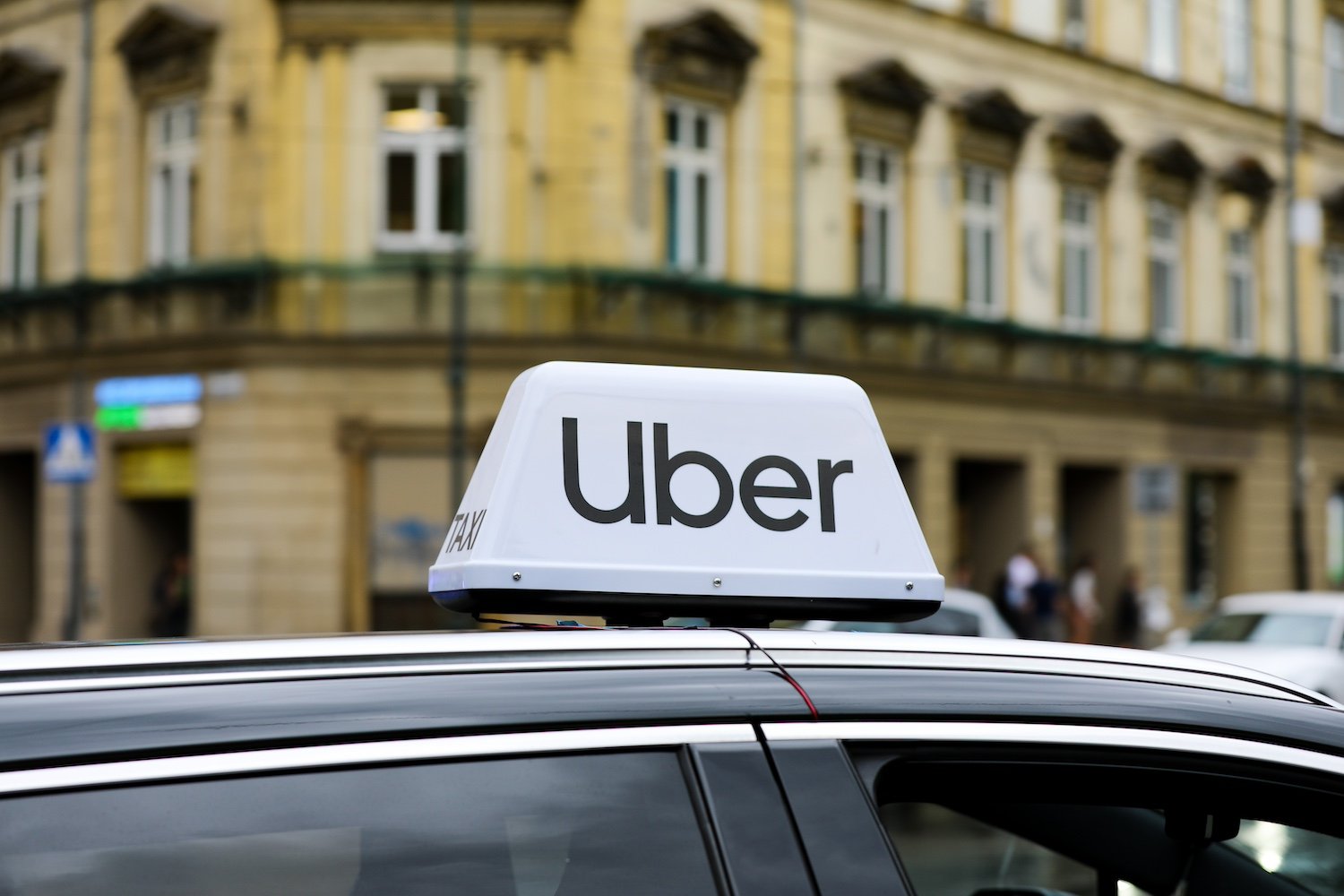Uber Is Going All-in on Robotaxis

By the end of this decade, your next Uber ride might not have a driver at all. At least, that’s what Uber wants you (and its investors on Wall Street to believe.)
Uber announced a new partnership today with luxury electric vehicle maker Lucid and the robotics company Nuro. Under the agreement, Uber plans to deploy a fleet of at least 20,000 Lucid Gravity SUVs equipped with Nuro’s self-driving technology over the next six years. The robotaxi service is expected to launch in a yet unnamed major U.S. city next year, with plans to expand to dozens of markets around the world.
As part of the deal, Uber will invest hundreds of millions of dollars into both Lucid and Nuro.
“Autonomous vehicles have enormous potential to transform our cities for the better,” said Uber CEO Dara Khosrowshahi in a press release. “We’re thrilled to partner with Nuro and Lucid on this new robotaxi program, purpose-built just for the Uber platform, to safely bring the magic of autonomous driving to more people across the world.”
This is not Uber’s first foray into the robotaxi business. In September, it announced a partnership with Alphabet’s Waymo and now operates Waymo’s autonomous vehicles in Austin and Atlanta. Waymo also offers rides through its own app in Phoenix, San Francisco, and Los Angeles.
Uber is also not alone in promising to bring the sci-fi dream of cities filled with driverless taxis to life.
Amazon-owned Zoox is testing its autonomous taxis in several cities, including Seattle, Austin, Miami, Los Angeles, and Atlanta. The company plans to begin offering public rides in San Francisco and Las Vegas by the end of this year.
And even Tesla is operating its own robotaxi service in parts of Austin.
Still, despite Silicon Valley’s obsession with driverless cars, it remains to be seen whether they can truly reshape urban transportation, at least anytime soon.
Even if Uber does deploy 20,000 robotaxis, that’s still less than 1% of its current workforce of over 7 million drivers worldwide.
The road to driverless cars has also not been without its bumps.
Earlier this year, Zoox issued a recall of 270 of its vehicles with a particular version of the company’s autonomous driving software. The recall was a result of a car crash involving an unoccupied Zoox car in Las Vegas. This was the company’s second recall this year.
Meanwhile, General Motors announced late last year that it was pulling the plug on its robotaxi business ambitions. The automaker acquired Cruise Automation in 2016 with hopes of launching a fleet of driverless vehicles and pouring billions into the effort. But in December, GM said it would stop funding the unit, citing “the considerable time and resources that would be needed to scale the business, along with an increasingly competitive robotaxi market.”
Instead, GM is now using the company’s tech to advance its driver-assistance software.
That decision followed a serious incident involving a Cruise vehicle. In October 2023, one of its cars struck a pedestrian in San Francisco — after the person had already been hit by another vehicle — and dragged her nearly 20 feet. Cruise later paid $1.5 million for failing to fully disclose details of the crash to regulators.








